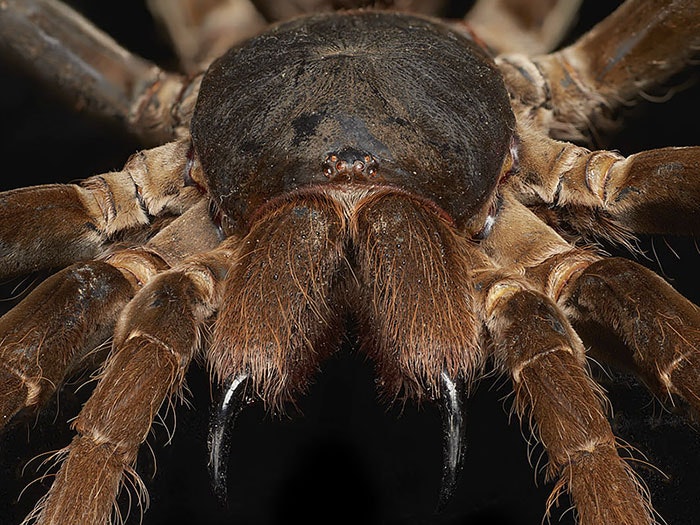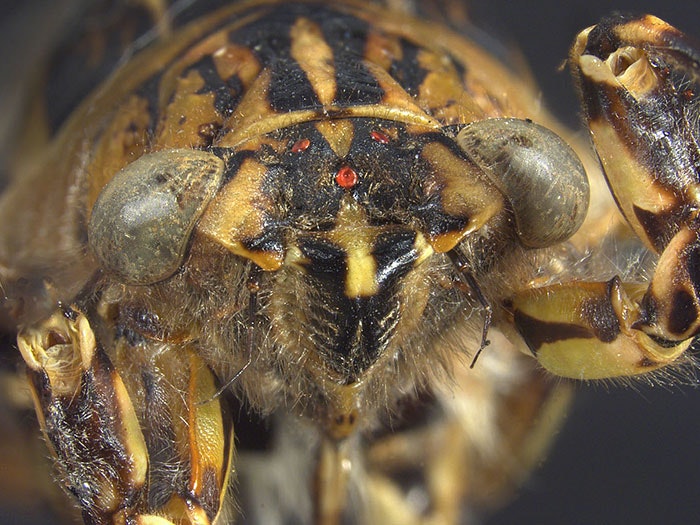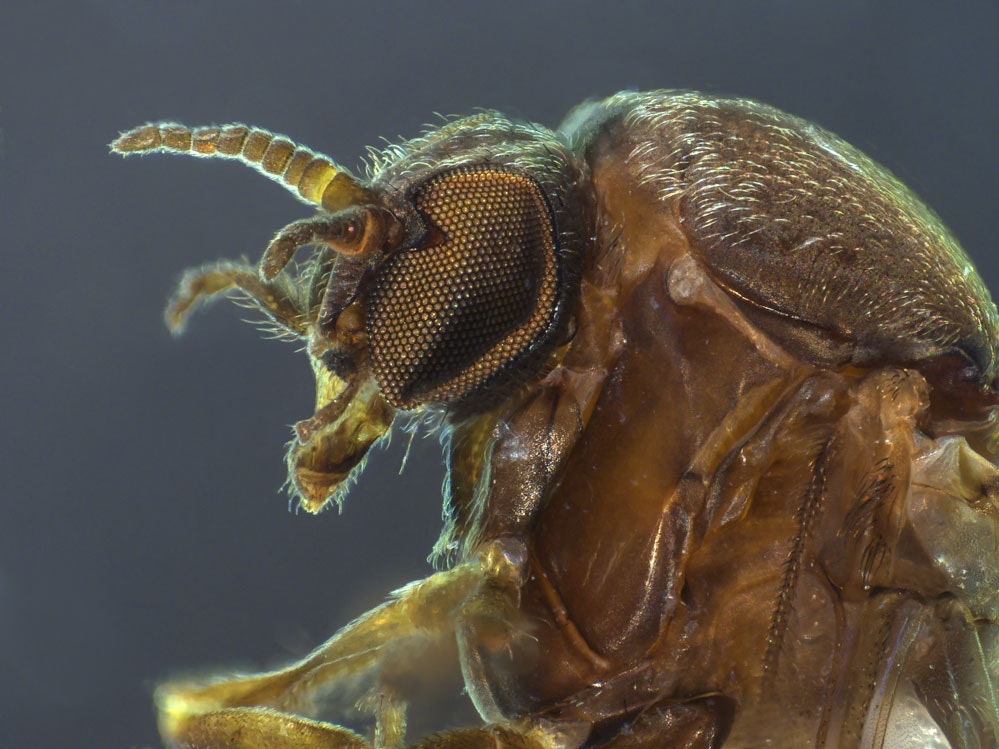
Do spiders sleep?
Surely with all those eyes spiders need some rest.
Free museum entry for New Zealanders and people living in New Zealand
Open every day 10am-6pm
(except Christmas Day)
Free museum entry for New Zealanders and people living in New Zealand
What is a bug? Strictly speaking, a bug is an insect in the group Hemiptera – it must have piercing mouthparts. Cicadas are Hemiptera, but spiders aren’t.
Strictly speaking, a bug is an insect in the group Hemiptera – it must have piercing mouthparts. Cicadas are Hemiptera, but spiders aren’t.
Often though, ‘bug’ means a creepy-crawly in everyday conversation. It refers to land arthropods with at least six legs, such as insects, spiders, and centipedes.
What are arthropods? They’re animals with exoskeletons – their skeleton is on the outside.
Insects have six legs and their body has three major segments:
the head – includes eyes, mouthparts, and antennae
the thorax – includes legs and sometimes wings
the abdomen – includes gut, reproductive organs, and sometimes a stinger
Examples of insects are dragonflies, flies, fleas, butterflies, moths, cicadas, beetles, bees, ants, and wasps.
Most insects undergo metamorphosis. That’s when a grub-like larva transforms into a very different-looking adult.
Jewel beetles, Buprestidae, Worldwide, 2016. Te Papa
The easiest way to recognise an arachnid is to count the legs. They have eight legs and no wings.
Not all arachnids are spiders. Other examples are scorpions, mites, ticks, false scorpions, and harvestmen.
Arachnids have two main body segments. But these can look like one, as in ticks.
Arachnids don’t undergo metamorphosis – they keep their shape.
Orb-web spider
Myriapods are wingless bugs with lots of body segments. Most of the segments carry a pair of legs (two pairs in millipedes). They typically grow by forming extra segments.
Examples of myriapods are centipedes and millipedes.
Did you know? ‘’ means 100 legs, but no centipede species has ever been found with exactly 100 legs! That’s because they always have an odd number of leg pairs.
New Zealand giant centipede, 2016. Te Papa

Surely with all those eyes spiders need some rest.

What is that noise cicadas make, and why is it so loud?

Sandflies: Why they bite, why those bites are itchy, and are they different to sandfleas?